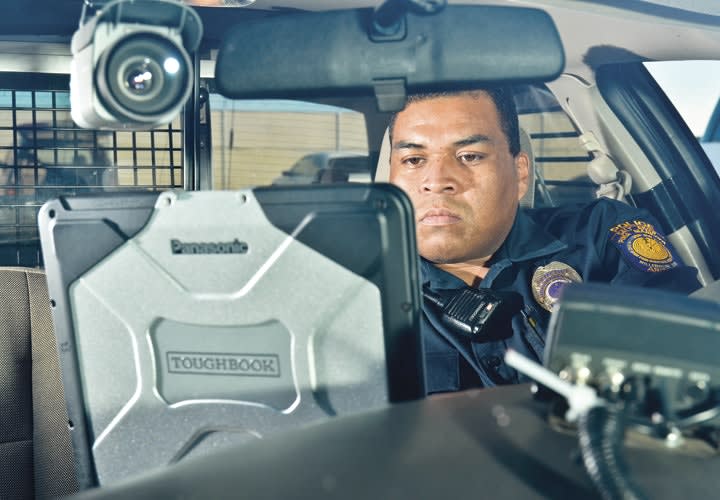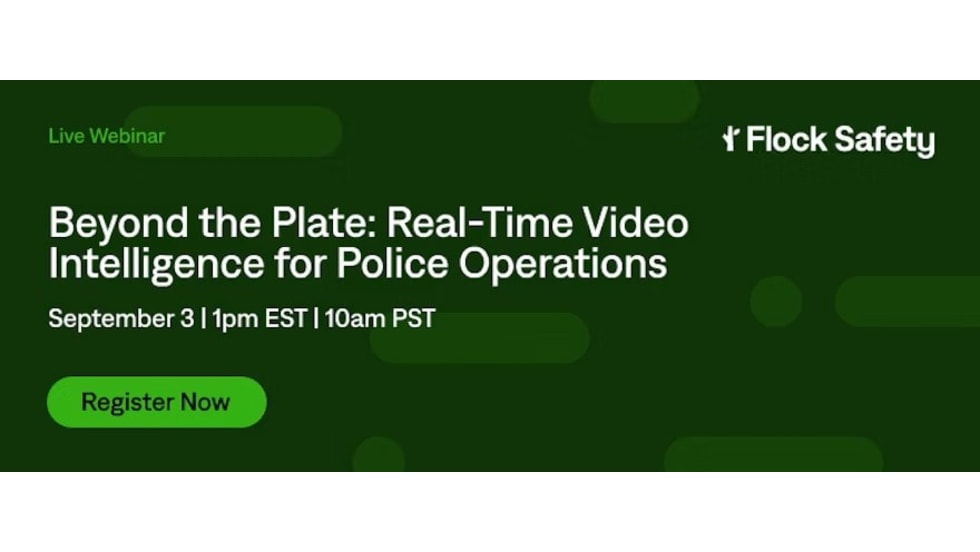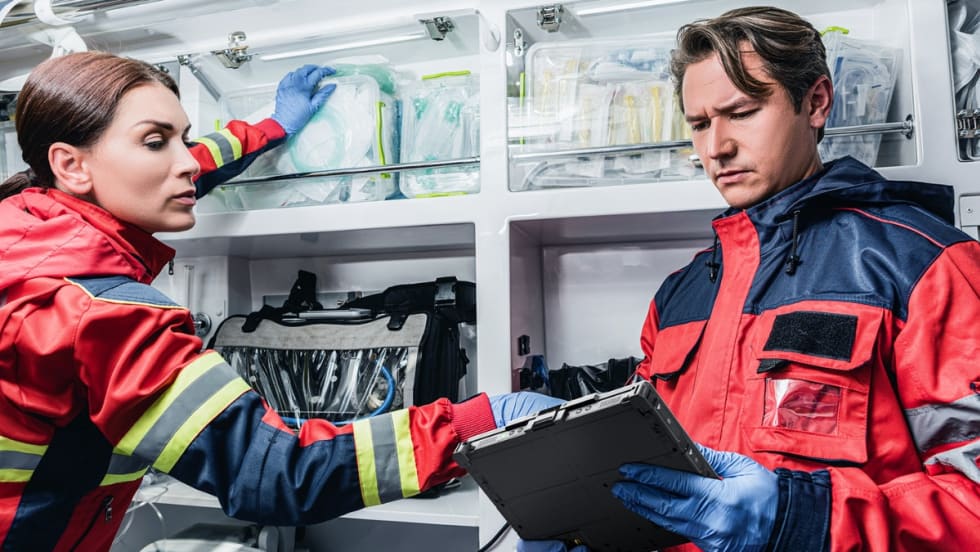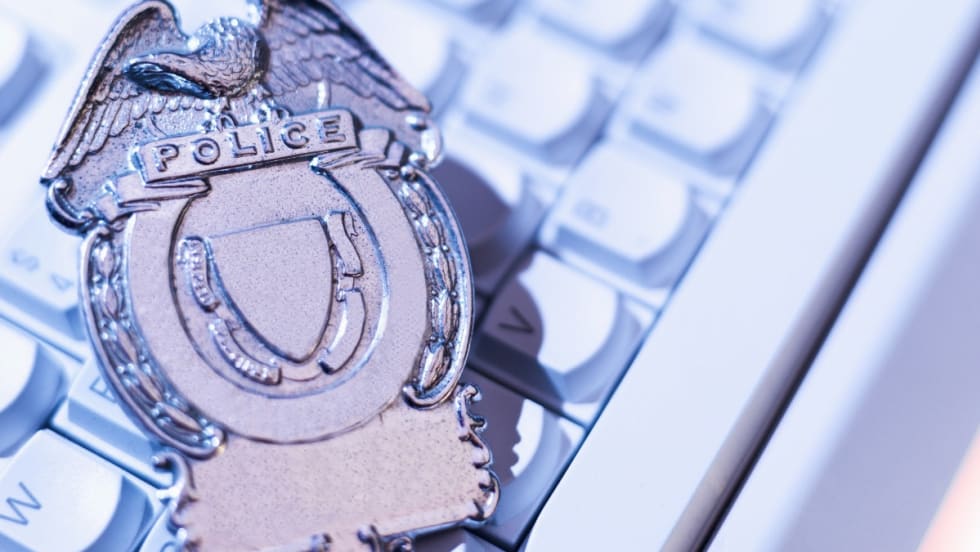Bringing something is considerably more complicated. Accessing officers have to either carry with them a radio frequency identification (RFID) card, a security token, a dongle, or something in that vein or use some physical aspect of themselves such as a fingerprint or a retinal pattern to unlock the data.
Shoemaker says biometric scanners are by far the most popular secondary authentication method used by the agencies she contacts. Some of the reasons that biometric authentication is so popular with so many agencies is that the scanners are easy to use and can be built into most manufacturers' devices for nominal cost. And there's another reason many agencies prefer biometric access over systems that require officers to carry a separate object: "It's hard to lose your fingerprints," Shoemaker explains.
Facial recognition is another biometric protocol that shows promise. Swiss company KeyLemon has had much success offering a facial recognition security application for the medical and security industries and believes its new facial and voice recognition application could be very popular as a biometric authentication tool for law enforcement. The company hopes to work with computer manufacturers to offer the software to customers as a built-in option, but it is also available in a free evaluation version at www.keylemon.com. The full version can also be downloaded from the company's Website for a $60 one-time fee per user. It runs on Mac OS, Windows, Android, and iOS.
Anthony Gioeli, KeyLemon's vice president of sales and marketing, says the application is easy to install, easy to set up, and more than 90% accurate. No special hardware is needed to use KeyLemon; all it requires is a Web camera and a microphone, both of which are usually built into most laptops. The facial recognition software reads the person's face regardless of facial hair or glasses (though sunglasses can be a problem), and the voice recognition software reads the user's voiceprint regardless of language or accent, according to Gioeli.
Gioeli says there are advantages to having both voice and facial recognition capabilities on the same law enforcement computer. "We recommend officers use the voice recognition or the facial recognition based on conditions. They can either speak to the device or look at it, whichever is more convenient," he explains.













